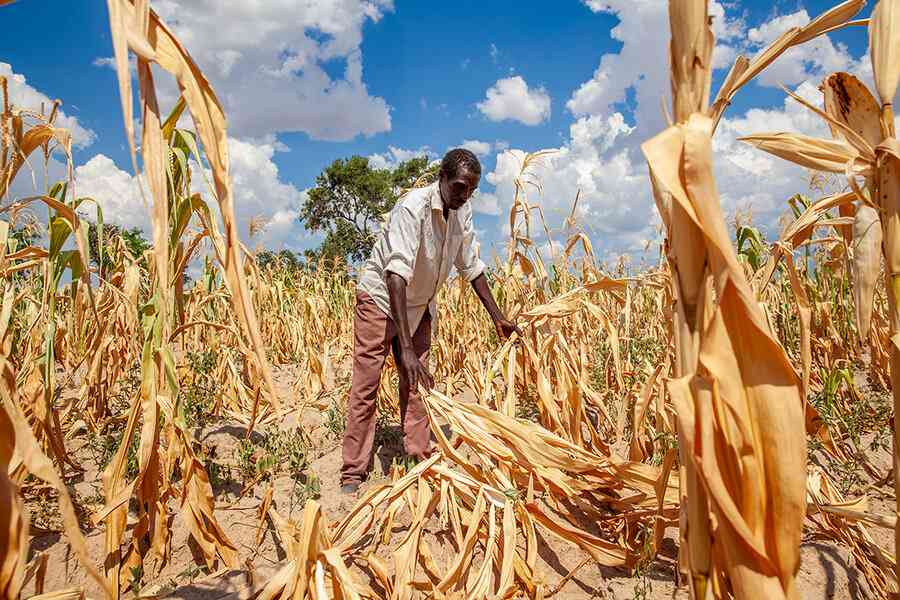
Bulilima and Mangwe districts in Matabeleland South have been flagged as some of the country's most food-insecure areas, projected to be severely affected during the peak hunger period between January and March 2026.
This warning is contained in the 2025 report by the Zimbabwe Livelihoods Assessment Committee (ZimLac), which also notes overall improvements in national food security.
According to the report, the proportion of rural households with acceptable food consumption rose to 59% in 2025, up from 50% in 2024.
Those consuming poor diets dropped significantly from 10% to 6%, reflecting better dietary diversity and access to nutritious food.
Despite this national progress, specific districts remain critically vulnerable.
“During the peak hunger period (January–March 2026), 15% of rural households are projected to be cereal insecure, translating to approximately 1.5 million individuals requiring 118,563 metric tonnes of cereal support,” the report read.
“Kariba (57.6%), Mangwe (43.3%) and Bulilima (43.3%) have the highest proportions of people, who will be food insecure during the peak hunger period.”
Nationwide, 15% of rural households (approximately 1.5 million people) are projected to be cereal insecure, requiring an estimated 118 563 metric tonnes of cereal support.
- Art helps Plumtree kids thrive
- Zimbabwean CE named among global leaders
- Mangwe farmers benefit from agric projects
- Art helps Plumtree kids thrive
Keep Reading
“However, over 1.4 million urban residents remain food insecure, requiring 156,331 metric tonnes of cereal between July 2025 and March 2026,” read the report.
“Urban domains with at least 35% prevalence of food insecurity from highest to lowest include Murehwa-Mutoko-Mudzi domain (41%), Chivhu (40%), Mutare (39%), Caledonia (38%), Lupane (37%), Gokwe Centre-Nembudziya (37%) and Zengeza-Seke (35%)”.
The nutritional status of children shows mixed progress.
In rural areas, the prevalence of wasting (4.3%) is within acceptable WHO limits, but stunting remains a serious concern at 23.8%, exceeding the WHO threshold of 20%.
Positive developments include Vitamin A supplementation coverage, reaching 92.2% for children.
The proportion of children receiving a Minimum Acceptable Diet improved significantly from 2% in 2024 to 11.9% in 2025, though it remains below the national target of 25%.
In urban areas, stunting improved to 20.7% but is still classified as "high."
Wasting was recorded at 5.3%, slightly above the emergency threshold, with Bulawayo, Manicaland, and Matabeleland provinces most affected.
Only 4.7% of urban children aged 6-23 months received a minimum acceptable diet in 2025, down from 10.4% in 2024.










